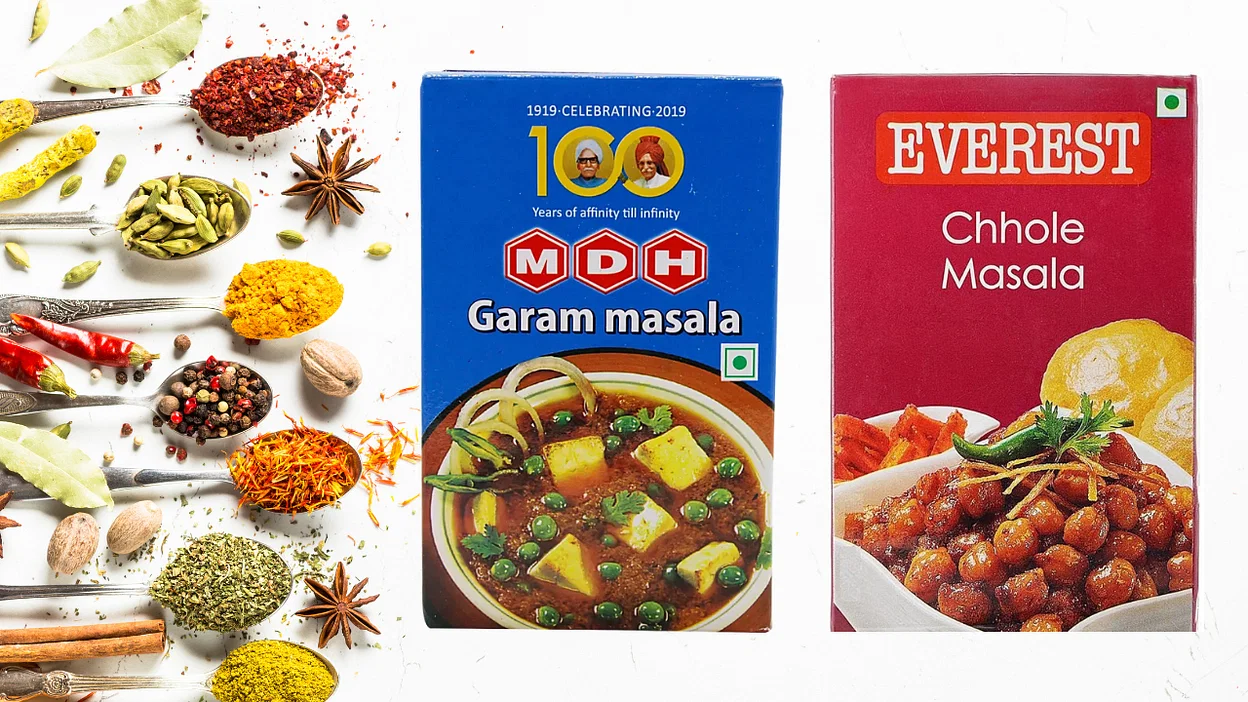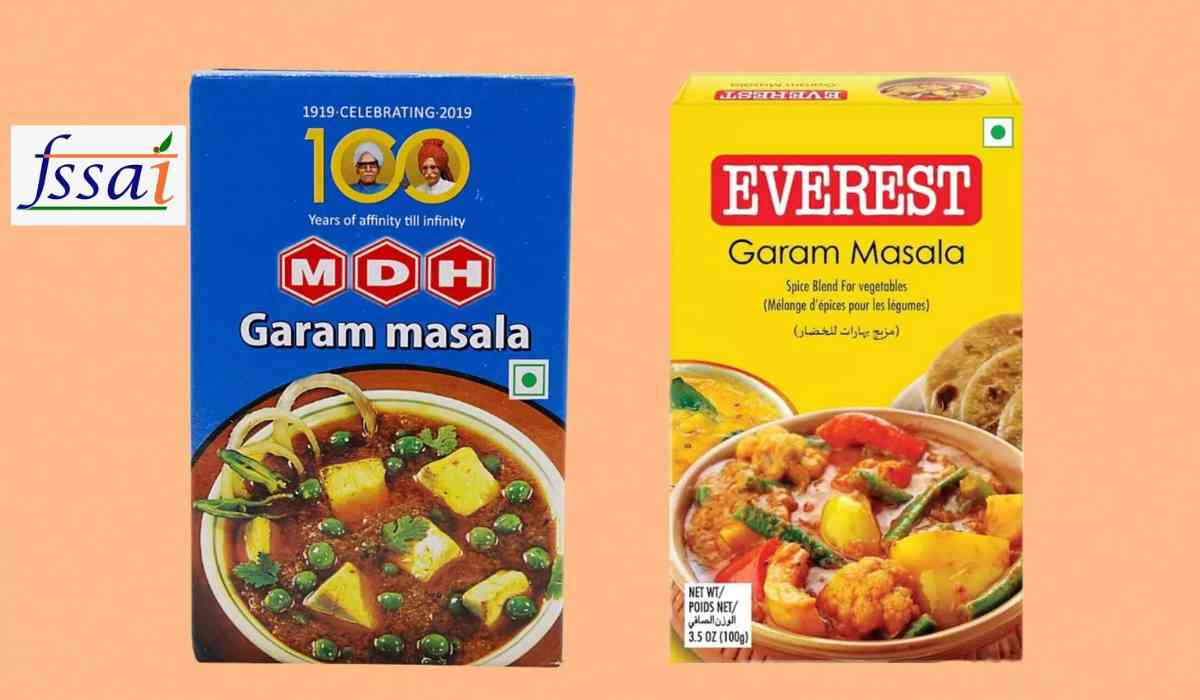Instances of food and spice adulteration remain persistent.
Previously, reports indicated that foreign food authorities detected unauthorized chemicals in spice mix samples, surpassing permissible limits. Consequently, countries such as Hong Kong, Nepal, and Singapore imposed bans on these mixes from renowned brands.
Despite smooth sailing in India until now, the Rajasthan food department's findings of harmful chemicals in spice mixes have reignited scrutiny over popular brands. This raises significant concerns about the chemical makeup of these spice mixes commonly used to enhance food flavors.

Pesticides and Insecticides Found In Branded Spice Mixes
Several countries, including Singapore, Hong Kong, and Nepal, have raised concerns about the carcinogenic pesticide ethylene oxide found in spice mixes produced by renowned brands like Everest Food Products Pvt and MDH. In response, the Rajasthan health department conducted extensive research on various spice mix samples.
During testing, multiple chemical compounds such as thiamethoxam, acetamiprid, ethion, and azoxystrobin were identified in popular spice mixes. These compounds, primarily used as insecticides and pesticides in agriculture, were found in combinations exceeding permissible limits. This contamination poses significant health risks to consumers.
-
Specific Contaminated Products
-
MDH: Garam Masala contained acetamiprid, thiamethoxam, and imidacloprid; Sabzi Masala and Chana Masala contained tricyclazole and profenofos.
-
Everest Spices: Jeera Masala was found to have azoxystrobin and thiamethoxam.
-
Shyam Spices: Garam Masala contained acetamiprid.
-
Ciba Taaza: Raita Masala contained acetamiprid and thiamethoxam.
-
Gajanand Spices: Achaar Masala contained ethion.
-
Government Response and Actions Taken
In response to the alarming findings, the Rajasthan government launched a special campaign to collect and test spice samples across the state. A total of 93 samples, including those from prominent brands, were collected and analyzed by the State Central Public Health Laboratory. The results confirmed excessively high levels of pesticides and insecticides in some samples, prompting immediate action.
-
Public Health Implications
Medical experts and officials, including Additional Chief Secretary Shubhra Singh and Commissioner Iqbal Khan, have emphasized the severe health risks posed by these contaminated spice mixes. Measures have been taken to seize unsafe products, with over 12,000 kilograms of adulterated spices confiscated during recent operations.
The presence of harmful pesticides and insecticides in branded spice mixes underscores a critical public health issue. Urgent steps are needed to ensure consumer safety and prevent further distribution of contaminated products in the market.

FSSAI Intervention Requested in Spice Adulteration Case
The Rajasthan Health Department recently discovered adulteration in samples of popular spice brands. Upon finding these samples to be contaminated, the department took swift action to address the issue.
-
Request for FSSAI Intervention
The Rajasthan Health Department reached out to the Food Safety and Standards Authority of India (FSSAI) in New Delhi. The department is seeking the statutory body's intervention to take appropriate measures against the adulteration of masala mixes from these well-known brands. Consumers are now waiting to see the response from FSSAI regarding this serious public health concern.
-
Actions Taken by the Rajasthan Government
After several samples from popular spice brands failed quality tests, the Rajasthan state government took immediate steps:
-
Letters were sent to the Food Safety Commissioners of Gujarat and Haryana for necessary action against the manufacturers. The spice brands under scrutiny have manufacturing units located in these two states.
-
A letter was also directed to the Chief Executive Officer of FSSAI, requesting guidance on how to proceed.
The adulteration of spice mixes with pesticides and insecticides in Rajasthan underscores the need for stringent monitoring and enforcement of food safety regulations. It serves as a wake-up call for authorities to strengthen testing protocols and ensure that consumers are protected from potentially hazardous food products. As investigations continue and regulatory actions unfold, the outcome will shape future policies aimed at preventing such incidents and maintaining public health integrity.
With inputs from agencies
Image Source: Multiple agencies
© Copyright 2024. All Rights Reserved Powered by Vygr Media.





















